-
 bitcoin
bitcoin $102877.190955 USD
1.88% -
 ethereum
ethereum $3430.435064 USD
4.52% -
 tether
tether $0.999264 USD
-0.05% -
 xrp
xrp $2.307310 USD
4.49% -
 bnb
bnb $987.740692 USD
3.82% -
 solana
solana $161.947760 USD
3.97% -
 usd-coin
usd-coin $0.999712 USD
-0.05% -
 tron
tron $0.292810 USD
2.93% -
 dogecoin
dogecoin $0.179738 USD
10.70% -
 cardano
cardano $0.580716 USD
8.75% -
 hyperliquid
hyperliquid $42.463448 USD
8.40% -
 chainlink
chainlink $15.763437 USD
7.05% -
 zcash
zcash $649.595636 USD
17.21% -
 bitcoin-cash
bitcoin-cash $511.610261 USD
7.19% -
 stellar
stellar $0.292537 USD
7.91%
What is Web3 and how does it relate to blockchain technology?
Web3 leverages blockchain, smart contracts, and decentralized storage to empower users with ownership, control, and trustless interactions online.
Nov 08, 2025 at 11:40 am
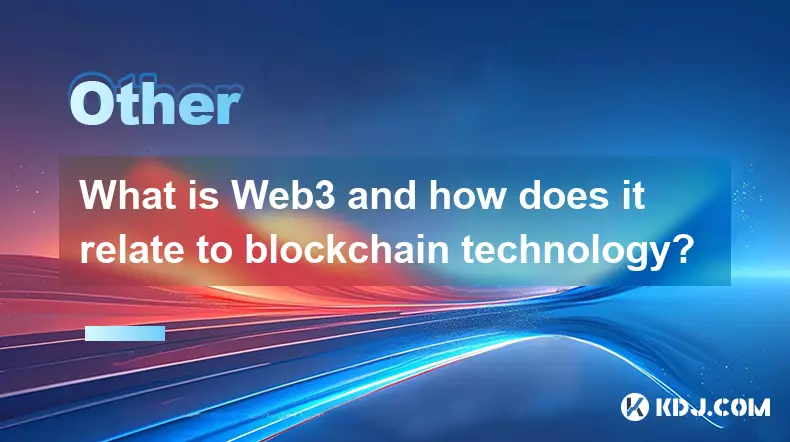
Understanding the Foundations of Web3
1. Web3 represents a new iteration of the internet that emphasizes decentralization, user ownership, and trustless interactions. Unlike Web2, where centralized platforms control data and user activity, Web3 shifts power back to individuals through cryptographic protocols and distributed networks.
2. At its core, Web3 leverages blockchain technology to enable transparent, tamper-proof systems. Every action on a blockchain-based application is recorded on a public ledger, ensuring accountability and reducing reliance on intermediaries.
3. Users in a Web3 environment hold digital identities secured by private keys, giving them full control over their personal information and online assets. This eliminates the need for traditional login credentials managed by corporations.
4. Smart contracts—self-executing agreements written in code—are foundational to Web3 applications. These run on blockchains like Ethereum and automatically enforce terms without third-party oversight.
5. The integration of decentralized storage solutions such as IPFS complements blockchain by removing centralized servers from data hosting, further reinforcing the distributed nature of Web3 infrastructure.
The Role of Blockchain in Enabling Web3
1. Blockchain serves as the backbone of Web3 by providing a secure, immutable ledger for recording transactions and interactions. Its consensus mechanisms ensure that no single entity can alter historical data or manipulate system rules.
2. Cryptoeconomic incentives built into blockchain networks encourage honest participation. Miners, validators, and node operators are rewarded for maintaining network integrity, aligning individual interests with system stability.
3. Tokenization allows digital assets—from currencies to unique collectibles—to be represented on the blockchain. These tokens can be transferred peer-to-peer across borders without gatekeepers, enabling new economic models within Web3 ecosystems.
4. Interoperability between blockchains is evolving through cross-chain protocols, allowing different networks to communicate and share data. This expands the functionality and reach of decentralized applications (dApps).
5. Decentralized finance (DeFi) platforms operate entirely on blockchain, offering lending, borrowing, and trading services without banks or brokers. These applications exemplify how blockchain enables financial inclusion and transparency in Web3.
User Empowerment Through Decentralized Applications
1. dApps built on blockchain give users direct access to services without requiring permission from central authorities. Anyone with an internet connection and a crypto wallet can interact with these platforms.
2. In-game economies in blockchain-based games allow players to truly own digital items as non-fungible tokens (NFTs). These assets can be sold, traded, or used across compatible platforms, creating real-world value.
3. Social media platforms on Web3 let creators monetize content directly through token rewards and subscriptions, bypassing ad-driven revenue models controlled by tech giants.
4. Governance in many Web3 projects is decentralized, with token holders voting on protocol upgrades and treasury allocations. This democratic approach contrasts sharply with top-down decision-making in traditional companies.
5. Security in Web3 relies heavily on user responsibility. Since there is no central support team to recover lost passwords or reverse transactions, individuals must manage their wallets and keys with extreme care.
Frequently Asked Questions
What distinguishes Web3 from earlier versions of the web?Web1 was read-only, consisting mostly of static pages. Web2 introduced interactivity and user-generated content but concentrated power in large tech firms. Web3 introduces ownership and control via decentralized technologies, allowing users to participate in platform governance and profit from their contributions.
How do smart contracts function within Web3?Smart contracts are programs stored on a blockchain that execute automatically when predefined conditions are met. They facilitate, verify, or enforce agreements without intermediaries, powering everything from decentralized exchanges to insurance protocols.
Can Web3 exist without blockchain?No, blockchain is essential to Web3’s architecture. It provides the trustless, transparent, and permanent foundation required for decentralized identity, asset ownership, and automated logic. Alternative technologies have not yet matched its capabilities at scale.
Are all blockchain applications part of Web3?Not necessarily. While all Web3 systems use blockchain, not all blockchain use cases fall under Web3. For example, private enterprise blockchains used internally by corporations lack the open, decentralized ethos central to Web3 principles.
Disclaimer:info@kdj.com
The information provided is not trading advice. kdj.com does not assume any responsibility for any investments made based on the information provided in this article. Cryptocurrencies are highly volatile and it is highly recommended that you invest with caution after thorough research!
If you believe that the content used on this website infringes your copyright, please contact us immediately (info@kdj.com) and we will delete it promptly.
- Stablecoins, Monetary Policy, and the Fed: A New Balancing Act?
- 2025-11-08 17:00:01
- Presale Wars: Digitap ($TAP) and BlockDAG – A 1000x Face-Off?
- 2025-11-08 16:45:02
- Bitcoin Crash Incoming? Peter Schiff's Gold Bugle Sounds Again!
- 2025-11-08 17:15:01
- Zcash Soars Past $500: Privacy Coin Rally Ignites!
- 2025-11-08 17:05:01
- Ethereum Price, Bitcoin, 2027 Prediction: What's the Buzz?
- 2025-11-08 17:15:01
- Solana ETFs and Trading: Riding the Institutional Wave
- 2025-11-08 17:20:02
Related knowledge

What is a cryptographic nonce and how is it used to prevent replay attacks?
Nov 08,2025 at 05:00pm
Understanding Cryptographic Nonces in Blockchain Systems1. A cryptographic nonce is a number used only once within a specific cryptographic communicat...
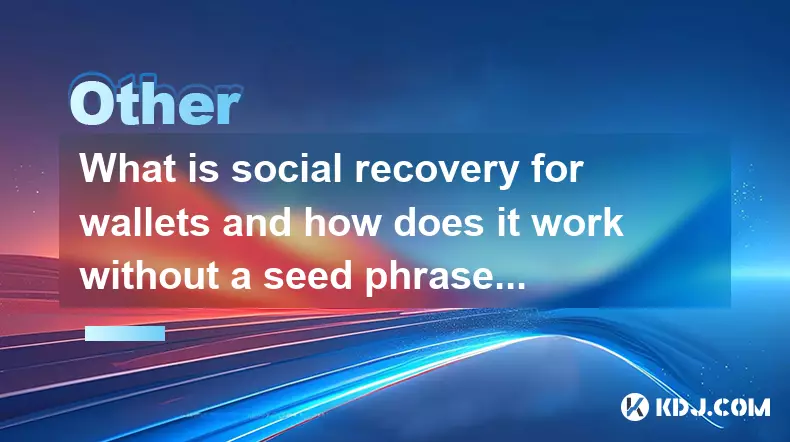
What is social recovery for wallets and how does it work without a seed phrase?
Nov 08,2025 at 08:39am
Social Recovery in Cryptocurrency Wallets1. Social recovery is a mechanism designed to help users regain access to their cryptocurrency wallets withou...
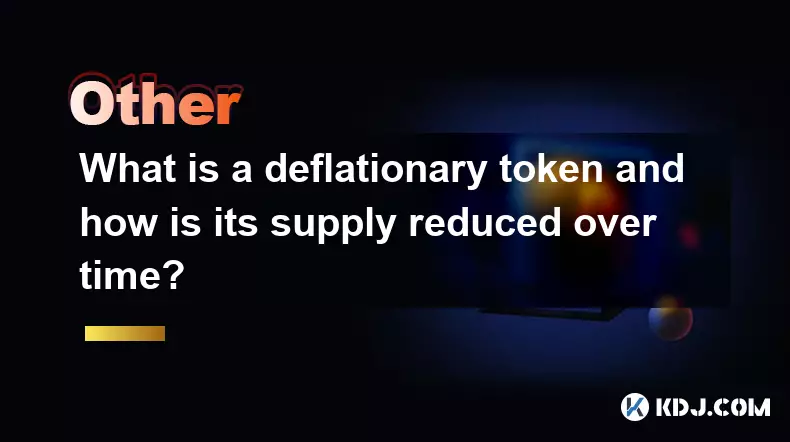
What is a deflationary token and how is its supply reduced over time?
Nov 08,2025 at 04:19pm
Understanding Deflationary Tokens in the Cryptocurrency EcosystemA deflationary token is a type of cryptocurrency designed to decrease in supply over ...
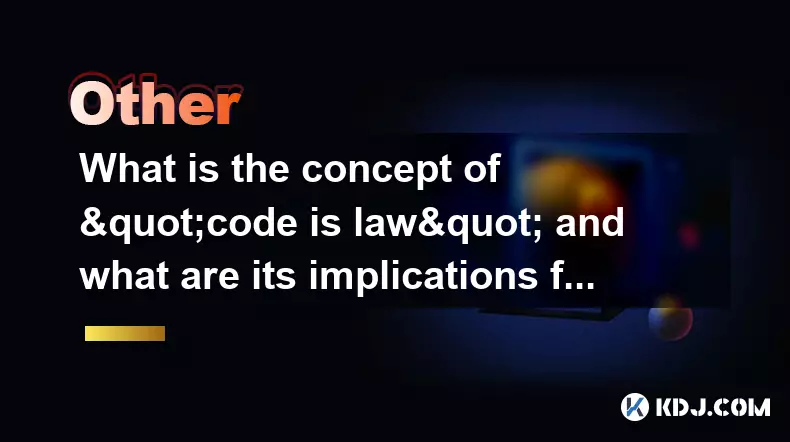
What is the concept of "code is law" and what are its implications for smart contracts?
Nov 08,2025 at 12:59pm
Understanding the Concept of 'Code is Law'1. The phrase 'code is law' originates from the cypherpunk and early blockchain communities, emphasizing tha...

How do Layer 0 protocols aim to achieve blockchain interoperability?
Nov 08,2025 at 09:20am
Understanding Layer 0 Protocols in Blockchain Architecture1. Layer 0 protocols serve as the foundational infrastructure upon which multiple blockchain...
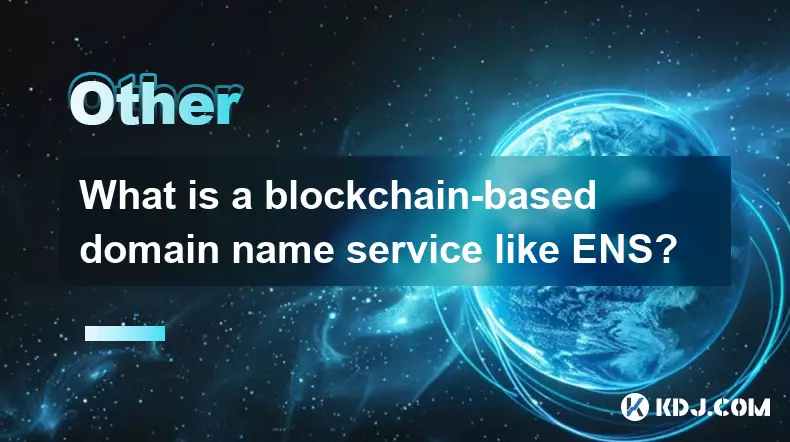
What is a blockchain-based domain name service like ENS?
Nov 08,2025 at 09:39am
Understanding Blockchain-Based Domain Name Services1. A blockchain-based domain name service, such as Ethereum Name Service (ENS), functions as a dece...

What is a cryptographic nonce and how is it used to prevent replay attacks?
Nov 08,2025 at 05:00pm
Understanding Cryptographic Nonces in Blockchain Systems1. A cryptographic nonce is a number used only once within a specific cryptographic communicat...

What is social recovery for wallets and how does it work without a seed phrase?
Nov 08,2025 at 08:39am
Social Recovery in Cryptocurrency Wallets1. Social recovery is a mechanism designed to help users regain access to their cryptocurrency wallets withou...

What is a deflationary token and how is its supply reduced over time?
Nov 08,2025 at 04:19pm
Understanding Deflationary Tokens in the Cryptocurrency EcosystemA deflationary token is a type of cryptocurrency designed to decrease in supply over ...

What is the concept of "code is law" and what are its implications for smart contracts?
Nov 08,2025 at 12:59pm
Understanding the Concept of 'Code is Law'1. The phrase 'code is law' originates from the cypherpunk and early blockchain communities, emphasizing tha...

How do Layer 0 protocols aim to achieve blockchain interoperability?
Nov 08,2025 at 09:20am
Understanding Layer 0 Protocols in Blockchain Architecture1. Layer 0 protocols serve as the foundational infrastructure upon which multiple blockchain...

What is a blockchain-based domain name service like ENS?
Nov 08,2025 at 09:39am
Understanding Blockchain-Based Domain Name Services1. A blockchain-based domain name service, such as Ethereum Name Service (ENS), functions as a dece...
See all articles





















![The Graph Price Prediction [GRT Crypto Price News Today] The Graph Price Prediction [GRT Crypto Price News Today]](/uploads/2025/11/07/cryptocurrencies-news/videos/690d4df44fe69_image_500_375.webp)



















































